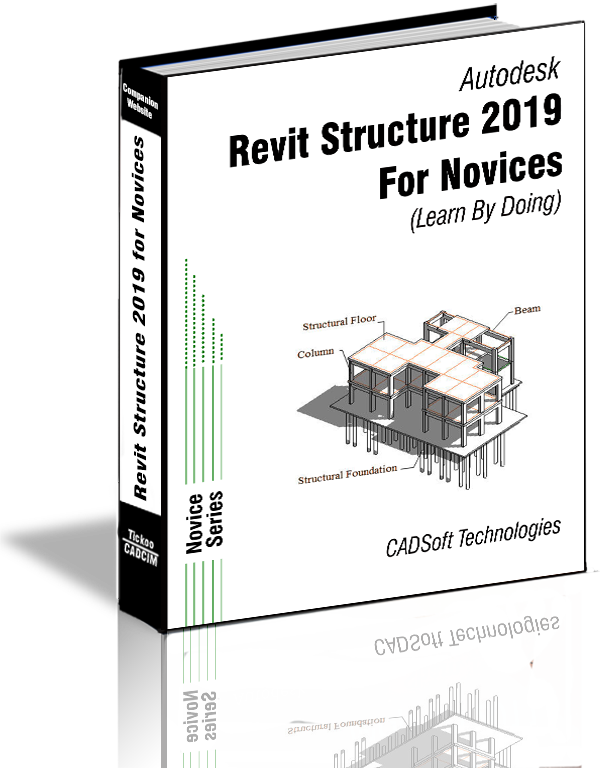
#Revit strukture software#
The Autodesk Revit software product, based on the Building Information Modeling (BIM) technology, is designed to design, build, and manage high-quality, energy-efficient buildings. Revit supports a multidiscipline, collaborative design process. Revit is the latest step in the continual evolution and development of Revit for multidiscipline BIM, the intelligent model-based process used to plan, design, construct, and manage buildings and infrastructure.
#Revit strukture download#
Revit supports a multidiscipline, collaborative design process.Īs the best alternative, you can also FREE download ProtaStructure Suite Enterprise. It includes features for architectural design, MEP and structural engineering, and construction.
#Revit strukture windows#
What I mean by that is, alot of stuff you just dont need, light switches, trees, basins, toilets, cupboards.all these tend to blow out file size and creating your own model and copying in the structural elements only will keep your file size low (which means less problems, shorter save times, less memory problems.the list goes on) It also means you don't "inherit" his linetypes, dimension styles, colors and settings but as you said a transfer project standards, and purge unused would clear most of this up for you.Free Download Autodesk Revit 2022 for Windows PC. Oh one thing I should add, the reason I would go down the path of the copy/monitor (other than making sure I get everything in filtered views) is that architectural models tend to have alot of "fluff" in them. Other than a few housekeeping issues like those above, there is no reason that you have much trouble inheriting the arch. This is where those 3D filtered views in copy/monitor will come in handy. you will need to set all of the appropriate elements to bearing or shear for them to display on your plans, but this is a pretty simple process, however depending on the complexity of your project you just need to be careful to make sure you get all of them done.

Unless your architect has had great forethought, I doubt he would have set his structural elements to "bearing/Shear/non-bearing) I believe the default is non-bearing elements, which will mean that none of these elements will show in structural plans. The only problem you are likely to have is with visibility. Although if you go with the same model the same can be said about easy updating. The best part about this approach is that, if at a later point the architect changes his model, you're all set up easily for some quick and easy updates. Just copy monitor all of these and off you go. Set up some 3D views which will filter (for example) each element (one view for walls, one view for slabs, one view for columns etc) Now you can set your filtered views to display the linked models elements in a different color, so when you overlay the two you can clearly see if you are missing elements.

You can set up some basic filters in copy monitor which will help you to make sure you get all of your important structural elements included. I wouldnt recommend copy/pasting, although its quite workable, I just wouldnt do it that way, I think copy/monitor is a bit clearer. You could also go with a copy/monitor approach. You could use the architectural model as is, there's really no reason a straight hand-off wont work. My two questions are: "What UNCONTROLLABLE ramifications will occur if I were to take over the Revit Architecture model and convert it and its elements to a Revit Structure model?" "Would it be best to initially start from scratch and build a Revit Structure model? I'm wanting the path with less headache.

I'm a Revit Structure user and my office has a Revit Architecture customer who has done a huge amount of work on a Revit project.


 0 kommentar(er)
0 kommentar(er)
